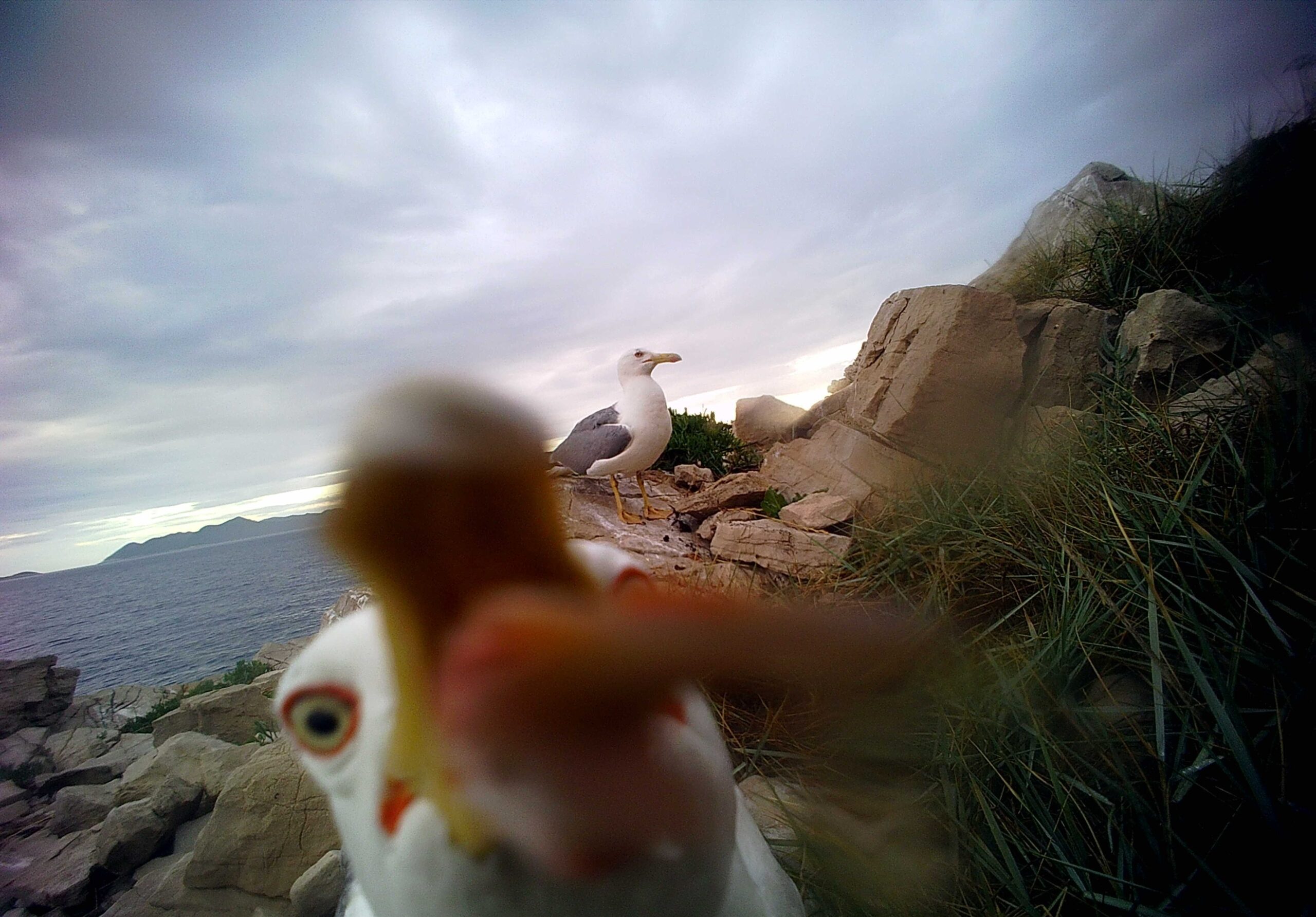Numerous researches show that bird mortality on energy infrastructure is becoming a significant problem in the Mediterranean area.

Windmills, when placed in areas with high biodiversity levels, have the potential to cause extinction of a large number of birds of prey throughout the world, and the same can be said for Croatia. In fact, many locations for research in the field of wind energy are precisely in areas with high biodiversity levels, and a large number of these locations are also a part of the Natura 2000 ecological network. Indeed, the use of wind energy in Europe has increased significantly during the past decade.
This has caused a sudden increase in the number of windmills throughout the EU, and such an increase in the countries in transition is not in line with the high-quality application of nature protection measures. The research nowadays shows that windmills have a negative effect on birds, causing direct collisions with turbine blades, the loss of a part of their habitat, a barrier effect, and disturbances that lead to habitat abandonment. These effects can be particularly substantial when those structures are found in areas that are important for birds, such as known migratory flight paths.
Four years ago, we implemented the Wind of Change project, which focused on using evidence to advocate for improved EIA guidelines, and the goal of the project was to enhance the protection of wild bird species by improving the energy infrastructure planning and implementation system in such a way that would mitigate the effect on birds as much as possible.
We saw an opportunity for action in order to solve this problem through the improvement of the system for assessment of this impact on national environment, which is why we created new Guidelines for the Assessment of the Impact of Windmills on Birds as part of the project.
Translated by: Lucia Grzunov






